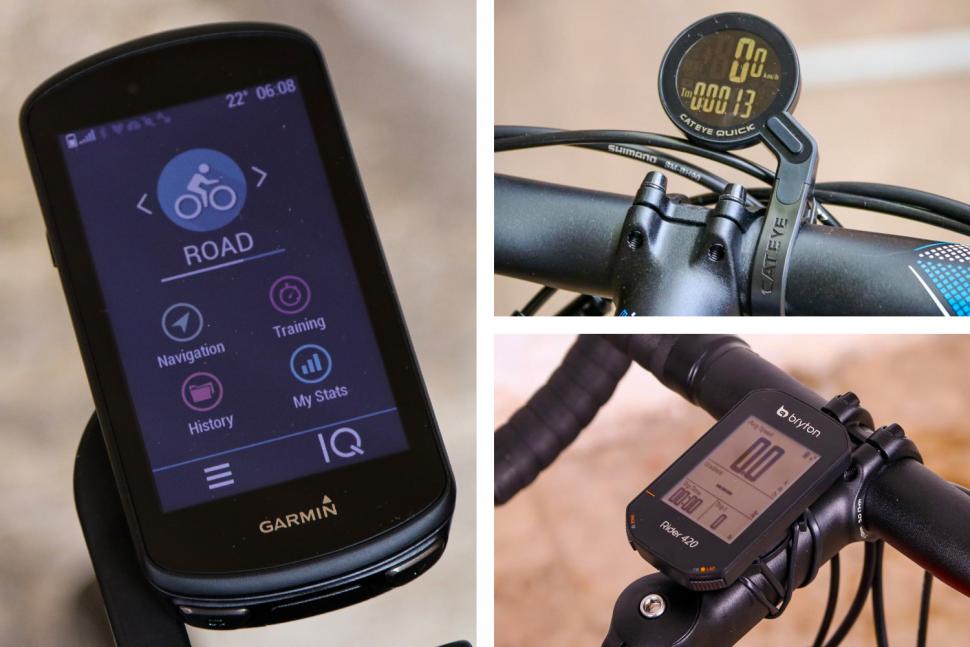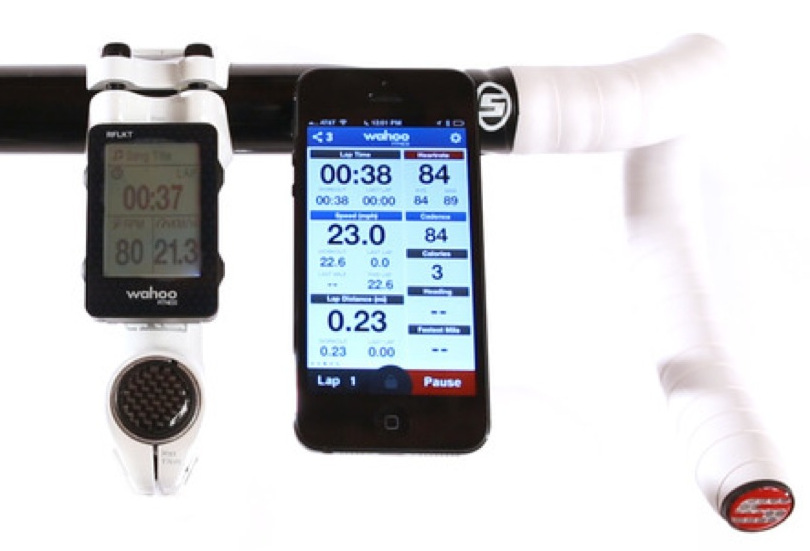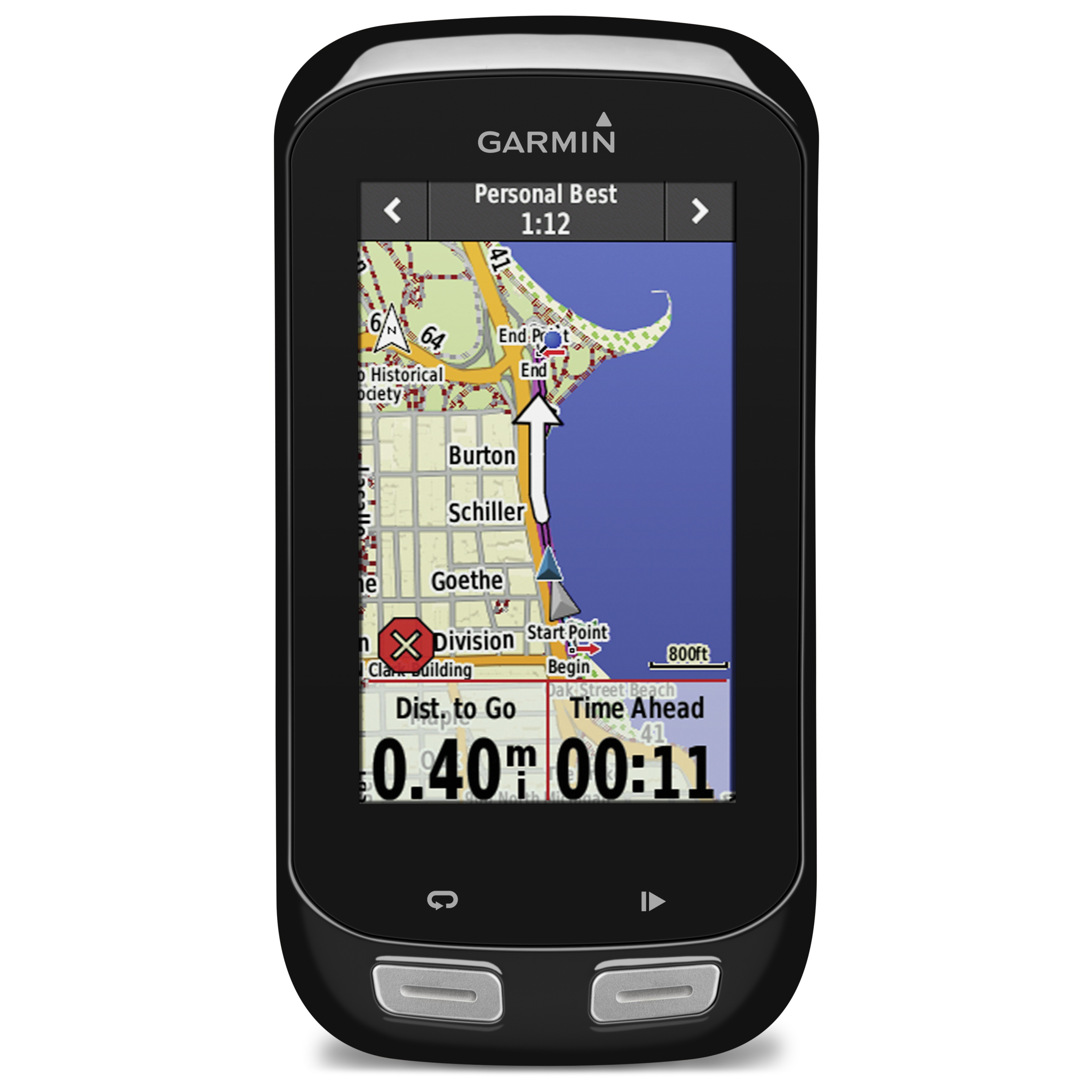- News
- Reviews
- Bikes
- Accessories
- Accessories - misc
- Computer mounts
- Bags
- Bar ends
- Bike bags & cases
- Bottle cages
- Bottles
- Cameras
- Car racks
- Child seats
- Computers
- Glasses
- GPS units
- Helmets
- Lights - front
- Lights - rear
- Lights - sets
- Locks
- Mirrors
- Mudguards
- Racks
- Pumps & CO2 inflators
- Puncture kits
- Reflectives
- Smart watches
- Stands and racks
- Trailers
- Clothing
- Components
- Bar tape & grips
- Bottom brackets
- Brake & gear cables
- Brake & STI levers
- Brake pads & spares
- Brakes
- Cassettes & freewheels
- Chains
- Chainsets & chainrings
- Derailleurs - front
- Derailleurs - rear
- Forks
- Gear levers & shifters
- Groupsets
- Handlebars & extensions
- Headsets
- Hubs
- Inner tubes
- Pedals
- Quick releases & skewers
- Saddles
- Seatposts
- Stems
- Wheels
- Tyres
- Health, fitness and nutrition
- Tools and workshop
- Miscellaneous
- Buyers Guides
- Features
- Forum
- Recommends
- Podcast
BUYER'S GUIDE
 Cycle computers April 2021
Cycle computers April 2021Cycle computers — everything you need to know
A cycle computer provides a range of information about your ride, from basics like speed and distance to time to your destination, bragging-rights fodder like maximum speed and even the time of sunset. And cyclists love numbers — weights, wheel sizes, frame geometries — so a cycle computer can add a useful extra dimension to your riding. Here's a look at what a bike computer can do for you.
The way a cycle computer works is simple. Each time a magnet on the wheel passes a sensor on the fork a signal is generated. The bike computer measures the time between those signals and works out how fast you're going, based on the wheel dimension you gave it on initial set up.
From that measurement the computer can also work out a whole range of information including distance, average speed, ride time and maximum speed. Depending on the designer's choices it may also have features like auto on/off — pausing the stopwatch when you're stationary — and different types of timing and average speed. You may get average speed only when you're moving, or for the whole ride, and likewise for time.
More sophisticated cycle computers may also be able to warn you if you drop below a target average speed, say, or provide an estimate of how long it'll take to arrive at your destination.
Heart rate
Some bike computers can measure your heart rate by picking up signals from a sensor strapped to your chest. Heart rate is a useful indicator of how hard you're working if you're riding for fitness or, say, to lose weight.
Some cycle computers with heart rate function will also provide an estimate of how many Calories you've burned. With rare exceptions, these should be taken with more than a pinch of salt. They are useful for comparing one ride with another, but don't hit McDonald's hard just because a computer says you've burned off the equivalent of three Big Macs.
Wired v wireless
In cheaper bike computers the sensor and handlebar unit are connected with a wire; more expensive computers use a wireless transmitter in the sensor. Wired cycle computers only have one battery to run down, but make your bike look untidy and the wires can get damaged. Wireless bike computers need a battery in the transmitter as well as the head unit, but are tidier and have no wires to snag.
Rear wheel sensor
If you're going to use a computer with a turbo trainer, the magnet and sensor need to read from the rear wheel. Some wired cycle computers won't reach far enough and (more rarely) some wireless units have sensors that won't fit the chainstays.
Water resistance
Cycle computers will usually keep out heavy rain, but experience shows the level of water resistance varies. In particular, models with altitude functions should not be immersed in water. They need a vent in the case for the altimeter to work, which can let water in.
The level of water resistance is indicated by the IP Code, which shows the level of vulnerability to dust and water ingress. Not all manufacturers provide it, but it's a useful guide if they do.
Common features
You'll find these features on bike computers priced between about £10 and £40. More expensive units in this price range have bigger screens so they can display more information at once. Some have extra features such as the ability to switch between preset wheel sizes so you can switch them between bikes.
Speed — How fast you're going.
Average speed — Can be measured only when the computer detects movement or for the whole period between starting and stopping the timer.
Maximum speed — For gravity-assisted bragging rights.
Cadence — How quickly your legs are turning. Needs an extra magnet and sensor on the crank.
Average cadence
Maximum cadence — For 'how fast can you spin' contests in bike shops on rainy Wednesday afternoons.
Ride time — Can be measured only when the computer detects movement ('moving time') or for the whole period between starting and stopping the timer.
Time of day — For people who still think digital watches are a pretty neat idea.
Over/under average speed
Ride/trip distance — How far you've been on this ride.
Odometer — How far you've ridden. Some cycle computers allow you to set an initial value so you can carry your records over from a previous unit. Or cheat.
>>Read more: Best cheap cycling computers
Advanced features

From about £50 and up you get extra features such as heart rate detection, altitude and the ability to add even more features by pairing with your smartphone.
Heart rate — How fast your heart's beating. Requires monitor strap round your chest.
Average heart rate — Indicates how hard you have worked over a whole ride.
Maximum heart rate — The biggest effort you've put in.
Altitude — Height above sea level. The unit measures atmospheric pressure and extrapolates your altitude from that.
Maximum altitude — The highest point you reached.
Total ascent — Bragging rights for Alpine pass-storming. Less useful in Cambridgeshire.
Total descent — What goes up must come down.
Temperature — Often comes with altitude as it's needed to interpret the pressure sensor data.
Different computers will have different sets of secondary functions that rely on these. These include heart rate zones and targets for training, elevation profile, lap timers, averages and maximums per lap and so on. You may also be able to download ride data from the computer to analyse later.
Smartphone pairing

The latest generation of cycle computers come with apps that wirelessly connect the head unit and your phone. That means as well as its built-in functions, the computer can access your phone's sensors to provide functions such as using Global Position System (GPS, the basis of satellite navigation) to record where you've been.
Why not just use an app on your phone? The main advantage of a phone/app combination is battery life. A phone running GPS and screen will drain its battery in a matter of hours. Turning the screen off increases the run time.
Another advantage is that instead of being perched on your handlebar, your expensive phone is safely tucked away in a pocket or bag.
Bike computers with smartphone pairing also record data from your ride for later analysis.
Computers that pair with smartphones cost about £100.
GPS

As mentioned above, if you have a smartphone, the cheapest way to get GPS recording is to get a computer that will talk to it. If you prefer to have everything in one box, then you'll need a GPS-enabled computer.
Cheaper models use GPS to record where you've been and may have minimal navigation functions, but if you want full sat-nav capability you'll need a more expensive model with a screen large enough to display a map.
Basic GPS-enabled computers can be had from around £80, while a unit with maps and sat-nav functions will cost from £140.
>>Read more: Buyer's guide to cycling GPS units + 8 of the best
>>Read more: Best cheap GPS cycling computers
About road.cc Buyer's Guides
The aim of road.cc buyer's guides is to give you the most, authoritative, objective and up-to-date buying advice. We continuously update and republish our guides, checking prices, availability and looking for the best deals.
Our guides include links to websites where you can buy the featured products. Like most sites we make a small amount of money if you buy something after clicking on one of those links. We want you to be happy with what you buy, so we only include a product if we think it's one of the best of its kind.
As far as possible that means recommending equipment that we have actually reviewed, but we also include products that are popular, highly-regarded benchmarks in their categories.
Here's some more information on how road.cc makes money.
You can also find further guides on our sister sites off.road.cc and ebiketips.
road.cc buyer's guides are maintained by the road.cc tech team. Email us with comments, corrections or queries.
John has been writing about bikes and cycling for over 30 years since discovering that people were mug enough to pay him for it rather than expecting him to do an honest day's work.
He was heavily involved in the mountain bike boom of the late 1980s as a racer, team manager and race promoter, and that led to writing for Mountain Biking UK magazine shortly after its inception. He got the gig by phoning up the editor and telling him the magazine was rubbish and he could do better. Rather than telling him to get lost, MBUK editor Tym Manley called John’s bluff and the rest is history.
Since then he has worked on MTB Pro magazine and was editor of Maximum Mountain Bike and Australian Mountain Bike magazines, before switching to the web in 2000 to work for CyclingNews.com. Along with road.cc founder Tony Farrelly, John was on the launch team for BikeRadar.com and subsequently became editor in chief of Future Publishing’s group of cycling magazines and websites, including Cycling Plus, MBUK, What Mountain Bike and Procycling.
John has also written for Cyclist magazine, edited the BikeMagic website and was founding editor of TotalWomensCycling.com before handing over to someone far more representative of the site's main audience.
He joined road.cc in 2013. He lives in Cambridge where the lack of hills is more than made up for by the headwinds.
Latest Comments
- wtjs 4 hours 57 min ago
it seems that most places just rely on sufficient policing to reduce the issue...
- Matt Page 5 hours 41 min ago
Many manufacturers, including Scribe, can give you methods to reduce the noise level. On Scribe, and other ratchet designs it's usually just adding...
- wtjs 6 hours 19 min ago
It wouldn't work at all where wtjs lives...
- Sriracha 6 hours 36 min ago
Pretty sure AI could skim through hours of footage in a few seconds to identify suspicious events. Of course someone in authority has to care in...
- chrisonabike 6 hours 44 min ago
Bonsai samurai? Or is it just a case of "they seem to get smaller every year"?
- IanGlasgow 7 hours 46 min ago
Sorry to see Endura struggling. They're based in Linvignston, not Edinburgh, which puts them very close to where I grew up....
- mdavidford 9 hours 27 min ago
I dunno - seems like it's coming round on a regular basis...
- Rich_cb 11 hours 9 min ago
The mistake is to focus on the US....
- chrisonabike 11 hours 21 min ago
I mean it seems silly to complain in detail when we're firmly in the territory in the UK of "you will have to live with this the rest of your life ...
- eburtthebike 13 hours 52 min ago
I thought students were supposed to be intelligent?


Add new comment
3 comments
You've illustrated that with the Wahoo Rflkt which was discontinued some two or three years ago. It's a great piece of kit. I use it and like it a lot, but shouldn't you be illustrating the latest generation with the latest generation?
Given that it also says...
...the 'updating' of this article seems to have been, er, half-hearted at best. Apparently never heard of accelerometer-based sensors, and GPS tracking is a niche market...
Hello.
Does anybody at road.cc read these comments? Does anybody at road.cc read the articles when you "update" them?
"Updated" again, but you're still using the same, outdated picture.